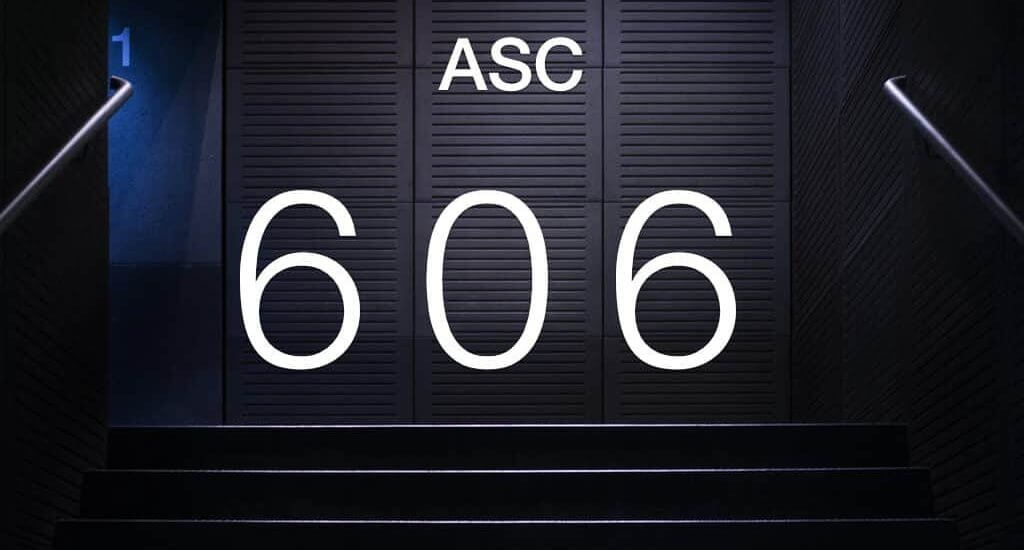Will Your Organization Be Ready For The Deadlines?
With 2017 almost behind us, a sense of anticipation pervades the air. All eyes are on the IASB (International Accounting Standards Board) and FASB (Financial Accounting Standards Board), the two regulatory organizations premiering new standards for contract revenue reporting in 2018 and 2019. The formidable ASC 606 and IFRS 15 regulations are fast becoming the nemesis of C-level executives and finance departments everywhere.
Private companies that report under GAAP (Generally Accepted Accounting Principles) need to adopt the new rules after December 15, 2018. So, if your reporting period begins on January 1, 2019, your company will need to show compliance by 1/1/2019. Public entities that report under GAAP need to be in compliance after December 15, 2017. If your reporting period starts in January, your company will need to be compliant by 1/1/2018.
Entities that report under IFRS must comply with the new revenue reporting standards on or after January 1, 2018.
It is worthy of note, however, that CFOs and CIOs demonstrate a significant difference of opinion regarding their industry’s compliance progress. According to Ernst & Young’s Revenue Recognition Survey, 85% of CIOs feel confident that the IT team is successfully facilitating the shift to the new standards. However, only 60% of CFOs share the same confidence in their IT teams’ ability to lead the transition successfully.
In the same survey, 71% of CFOs report that their companies have yet to implement the ASC 606 or IFRS 15 standards. Another 34% of CFOs report that their organizations are at risk of missing the deadline for compliance altogether. The consequences of non-compliance, however, may prove costly in terms of reduced stakeholder and shareholder confidence.
Based on the new standards, investors will be privy to revenue backlog disclosures, a metric that provides further clarification regarding a company’s business operations. By extrapolation, investor reliance on revenue backlog metrics as an ROI gauge will likely increase, especially for SaaS-based businesses. So, compliance is imperative, sooner rather than later.
Why The FASB & IASB Created The New Rules.
Because the GAAP standard allows different industries to follow their own procedures in complying with reporting regulations, there is a wide discrepancy in accounting measures used for similar economic transactions.
So, the FASB and IASB created the new ASC 606 and IFRS 15 standards to:
- provide a more substantive framework to address complex revenue issues. provide improved disclosure requirements to users of financial statements.
- reduce the number of regulations companies must comply with during the financial reporting process.
- remove inaccuracies and flaws in the existing revenue reporting framework.
- reform and standardize revenue recognition practices across industries.
Which Industries Will The ASC 606 and IFRS 15 Impact?
The ASC 606 and IFRS 15 establishes a five-step process to govern the revenue recognition process. Meanwhile, the AICPA (American Institute of Certified Public Accountants) has formed 16 industry task forces to address how these different industries can comply with the new standards. Each of the task forces highlights implementation issues related to the compliance process and dedicates a period to informal commenting regarding those issues.
Industries represented on the task forces include those that will be impacted by the new standards, especially the airline, healthcare, software, finance, insurance, construction, and utility industries. The best way to comply with the new standards is to deploy a contract management system that, among other things, provides for dual reporting to highlight the new standards’ impact on a business, automatic reallocation of revenue and expenses to match contract changes, and dual treatment capabilities in applying the standards to each transaction.
How Sage Intacct Can Facilitate The Compliance Process.
Sage Intacct is the premier contract management system that will make compliance a reality, not an existential nightmare. Its Cloud ERP solution can handle the requirements of subscription-based operations and comply with new revenue recognition and expense amortization requirements.
Sage Intacct’s comprehensive automated system spares you the challenges associated with spreadsheets. You won’t need to make manual adjustments or navigate complex business reports. The Intacct SaaS dashboard shows key business metrics such as customer churn, revenue churn, and customer acquisition costs. Intacct effectively puts control of the compliance process back into the hands of CFOs.
If you are interested in how Sage Intacct can make the transition to the new standards error-free and timely, contact us at Massey Consulting. We will answer your questions and provide the definitive solutions you seek.
In the Meantime, Download our Free eBook
Discover more ways to scale your business by checking out “5 Essential Financial Management Practices of Biotech Companies Poised for Growth”








